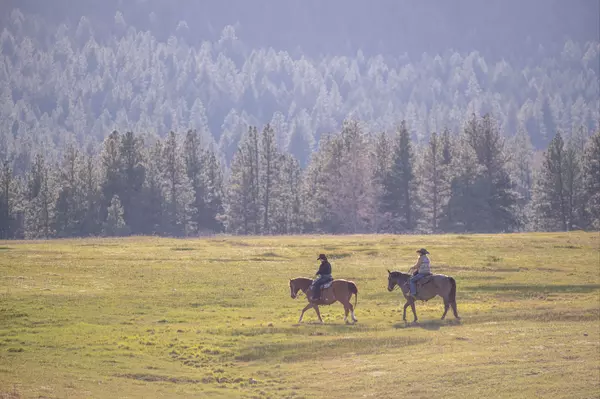The Ultimate Montana Summer Planting Guide

Western Montana’s stunning landscapes, with its mountains, valleys, and rivers, offer a unique climate for gardening. Whether you’re growing vibrant flowers, lush shrubs, or hardy vegetables, understanding the local growing conditions and timing your planting can ensure a successful garden. This guide will walk you through the optimal planting times for various flowers and plants in Western Montana.
Understanding Western Montana’s Climate
Western Montana is characterized by its diverse microclimates, influenced by elevation and proximity to water bodies. The region experiences cold winters, warm summers, and a shorter growing season than lower altitudes. The USDA hardiness zones in this area typically range from Zone 3 to Zone 5, depending on your location.
The last frost date generally falls between late May and early June, while the first frost date typically occurs in late September. These dates are essential for determining the right time to plant.
When to Plant Flowers
Perennials are a popular choice for Montana gardens due to their ability to return year after year. Plant these in early spring, as soon as the ground is workable, or in the fall to allow roots to establish before winter.
-
Examples: Coneflowers, lupines, daylilies, and Russian sage.
Annuals
Annuals thrive during the frost-free months and provide vibrant color all summer long. Start planting after the last frost date in late May to early June.
-
Examples: Petunias, marigolds, zinnias, and impatiens.
Bulbs
Spring-flowering bulbs, like tulips and daffodils, should be planted in the fall before the ground freezes. Summer-flowering bulbs, such as gladiolus and dahlias, can be planted in late spring. While it's past the bulb-planting-point this year, keep this in mind for when fall rolls around!
When to Plant Vegetables
Cool-Season Crops
Cool-season vegetables are hardy and can tolerate frost. Sow these as soon as the soil is thawed and workable.
-
Examples: Spinach, lettuce, peas, and broccoli.
Warm-Season Crops
Warm-season vegetables require consistently warm soil temperatures. Plant these after the last frost date, usually in early June.
-
Examples: Tomatoes, peppers, cucumbers, and squash.
Root Vegetables
Root crops like carrots, radishes, and beets can be sown directly into the soil in late April or May.
When to Plant Trees and Shrubs
-
Examples: Ponderosa pine, lilacs, and serviceberry.
Tips for Success
-
Test Your Soil: Knowing your soil’s pH and nutrient levels can help you select the right plants and amendments.
-
Start Seeds Indoors: For plants with a long growing season, such as tomatoes and peppers, start seeds indoors 6-8 weeks before the last frost date.
-
Use Raised Beds: Raised beds warm up faster in spring and can extend your growing season.
-
Mulch Wisely: Mulch helps retain moisture, suppress weeds, and regulate soil temperature.
-
Choose Native Plants: Native species are well-adapted to the local climate and require less maintenance.
Gardening in Western Montana requires careful planning and attention to the region’s unique conditions. By understanding when to plant various flowers, vegetables, trees, and shrubs, you can create a thriving garden that brings beauty and bounty to your outdoor space. Happy planting!
Categories
Recent Posts











